It is known that an apple a day DOES keep the doctor away. Although, that's not where it ends for these crisp, tender, and juicy fruits. There's way more to them than meets the eye. Whether you're preparing for the upcoming apple season or curious whether they do keep doctors away, here are a few fun facts.
Apples are an Ancient Fruit
In 2019, Max Planck Institute for the Science of Human History released a report regarding apples. In the report, historic researchers stated that apple trees initially originated in Kazakhstan.
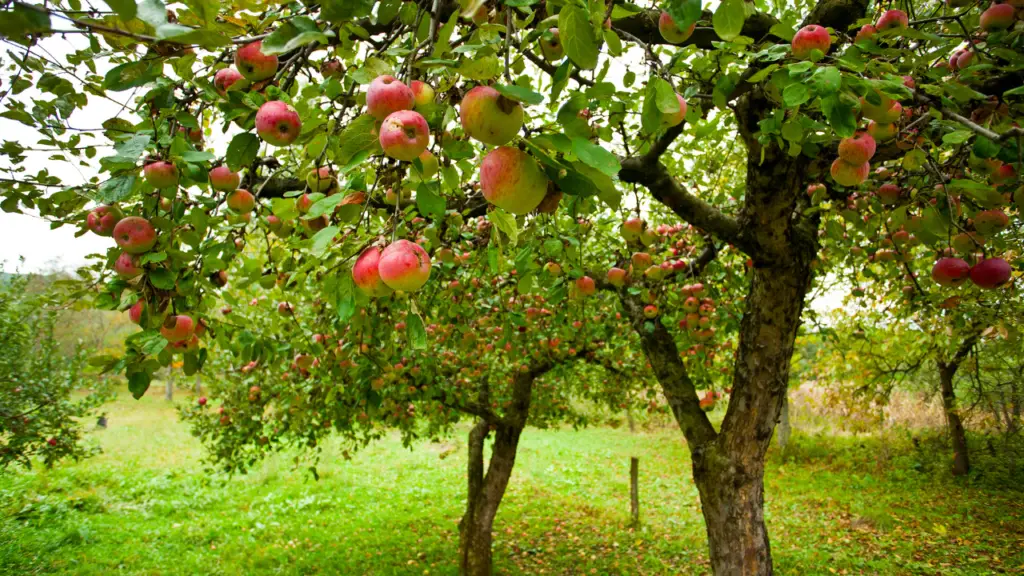
The ancient trade routes going through the forests of the Tien Shan mountain ranges were the birthplace of apple trees. It is believed that some wild apple forests still exist, probably the last on earth, located in those mountains.
There is enough archaeological evidence to conclude that apples have been a part of the diet since 6500B.C. The same Max Planck report suggests that it's been 10,000 years since apples have been consumed.
Apples are a Biblical Symbol
According to Biblical symbolism, apples are a connotation of sin, evil, and temptation. It is said that Adam and Eve committed the first sin by eating an apple which was forbidden. Because of that apple, humans proved their tainted nature and inclination to commit sins. But this is only in the New Testament. The Old Testament only mentions the word “fruit” instead of an apple.
They're Symbolized in Various Mythologies
Apples also have an essential part in other mythologies. But unlike their Biblical representation, apples are a symbol of good things in those mythologies. They are used to describe eternal youth and immortality in Norse mythology. Idun, the Goddess of youth, helped other gods stay young. She did this by growing magic apples that the other gods used.
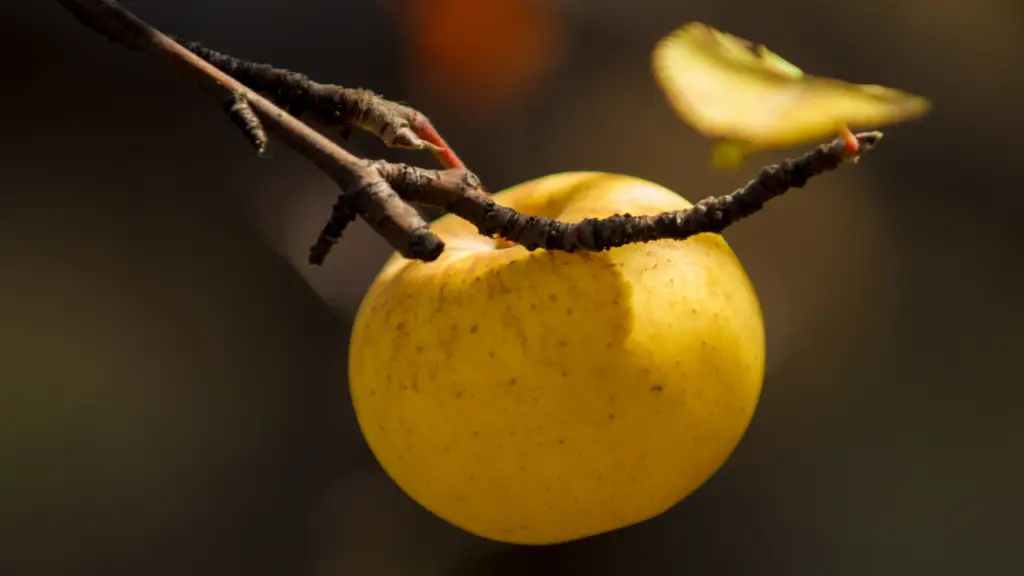
According to Celtic mythology, apples symbolize knowledge and wisdom. A Greek book named Iliad mentions the use of golden apples for the war against the Trojans. Other Gods are also shown holding apples, making them an emblem of youth, power, wealth, health, and beauty.
Apples have deep roots in Chinese culture. They are called “ping” in Chinese, which translates to peaceful. It's why it is a tradition for the guests to bring along apples whenever they visit someone else frequently.
The Colonists Brought Them to the US
With its interesting history, you must be wondering how apples made their way to the US. According to various sources, some colonists brought apple seeds with them when they came to Jamestown in the early 1600s. Thus, apples were introduced in the US from European countries.
They Have a Huge Family
Surprisingly, apples are a part of the rose family. Ultimately, they are related to fruits such as plums, pears, cherries, almonds, apricots, and, of course, roses. There are almost 4800 species that are a part of the Rosaceae family, making the apples' family a huge one.
There are a lot of Varieties
Here are a few fun facts regarding apples' varieties.
· There are numerous varieties of apples. According to some, there are almost 8000 different varieties of apples but mostly stick to 7500 types. Each variety is different in shape, size, and taste and has a unique feature.
· Some varieties have a size as small as a golf ball, while others are as large as a grapefruit. Northern Spy, Peasgood's Nonesuch, and Crimson King are amongst the larger varieties. In comparison, Rockits and Tiddly Pommes are some of the smaller ones.
· Many of the apple varieties differ from each other in shape. Some types of apples don't even look like an apple and resemble something else altogether. One glance at the Knobbed Russet, and you think you've got a potato. The knobby Custard Apple has a closer resemblance to an artichoke. The star-shaped Api Etoile also fits in this category.
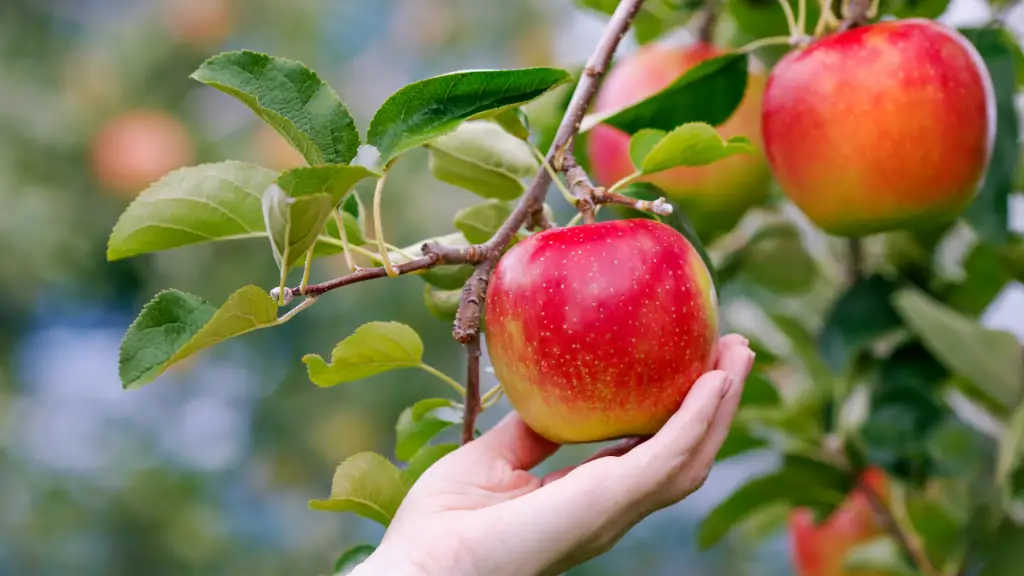
· Most apples that we get to see are red. But many varieties have a different color naturally. They can be green, yellow, or even pink. The White Transparent apples have a distinctive skin of luminescent white peel that closely resembles a Yellow Transparent apple. Meanwhile, the darker Black Diamonds are the exact opposite because of their purplish hue.
· It would've been great if our local stores had the 7500 apple varieties, but that's not the case. It may come as a shock when people realize that there are so many different types of apples. Somewhere in the 1800s, there were numerous varieties of apples being produced commercially. Some even say that it was one of the most diversified food crops ever grown.
But where did all these varieties go? And why can't we buy them while shopping at our local supermarket? Once the industrialization of the agricultural field began, farmers only focused on a few of the varieties. The rest became commercially extinct, although each type has a handful of trees around the world.
A campaign has been started by several individuals acting as botanical superheroes, saving the endangered varieties from becoming biologically extinct.
Apples are Naturally Gluten-Free
Apples, like most other fruits, are gluten-free. Patients with celiac disease can go for gluten-free substitutes for other recipes. However, the best course of action is to consume naturally gluten-free foods. Amongst those, apples are a great choice.
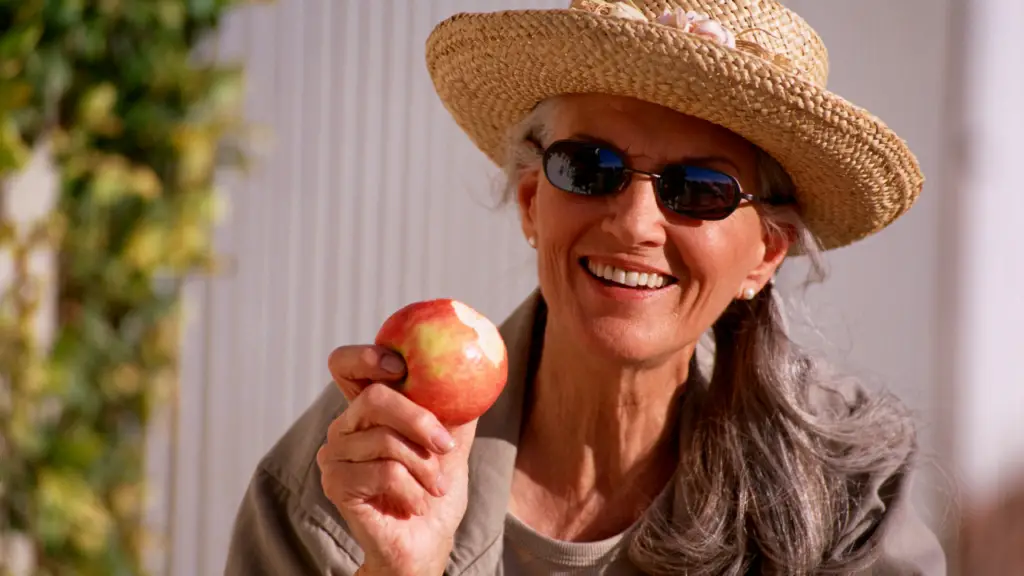
According to Dr. Jean, apples can be your best friend if your celiac disease has recently been diagnosed. Also called the Gluten-Free Doctor by many people, she strongly advises eating apples daily. Their high vitamin, mineral, and fiber content not only provides satiety but also helps the functioning of your gut.
They can also deal with your sugar craving as most of the varieties are sweet. It's easy to incorporate apples into a diet meal; thus, experts suggest eating as many apples as possible. If you want a delicious breakfast, then apple cinnamon baked oatmeal can be a great idea. Chicken and apple salad is just what you need for lunch. To top it with a perfect dinner, try apple sage turkey meatballs.
They're a Dirty Fruit
Each year, EWG releases a list of 12 fruits and vegetables that are contaminated with pesticides. Also called the Dirty Dozen List, these are the fruits and vegetables that you should buy organic. Apples ranked 5th in this year's Dirty Dozen List.
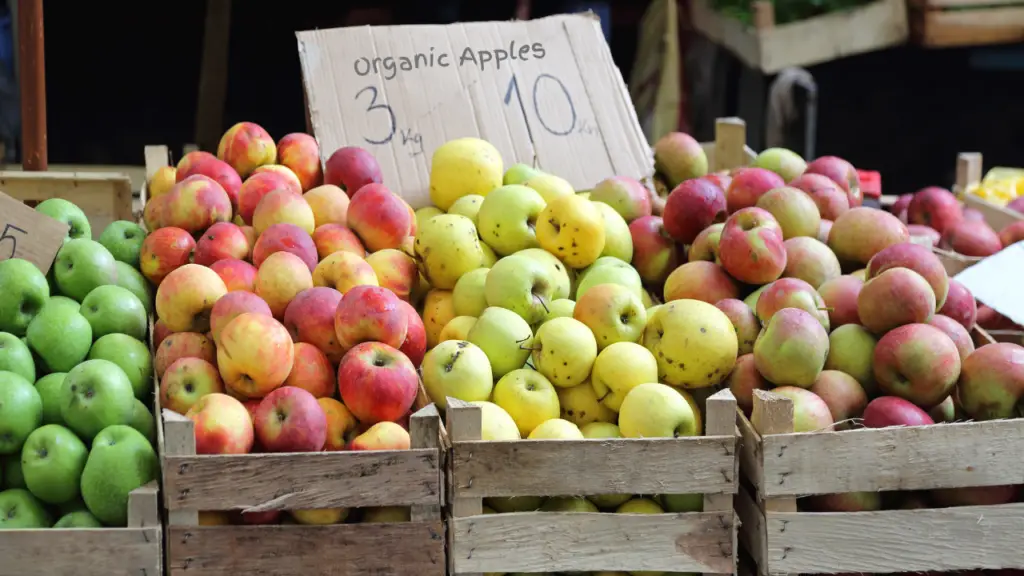
Ninety percent of the samples that the EWG collected had harmful pesticide residues. Eighty percent of those apples were contaminated by a pesticide that is banned in Europe.
Since apples have a thin peel, the pesticides on the skin can contaminate the inner edible part. Additionally, the concave shape of apples makes it possible for the pesticide to trickle straight into the core.
Americans Adore Apples
Americans love to grow apples. There are even some interesting facts to prove it:
- As of 2018, farmers produced almost 272 million bushels of apples. There are 42 to 48 pounds of apples, on average, in a single bushel. Consequently, American farmers produced 11 to 12 billion pounds of apples back in 2018. The total net worth of this amount of apples was estimated at almost $3.6 billion.
- The most considerable crop ever produced in a single year in the US is 277 million bushels. This record came very close to being beaten, had a few more million bushels been produced. For this reason, apples are the second most valuable fruit grown in the US.
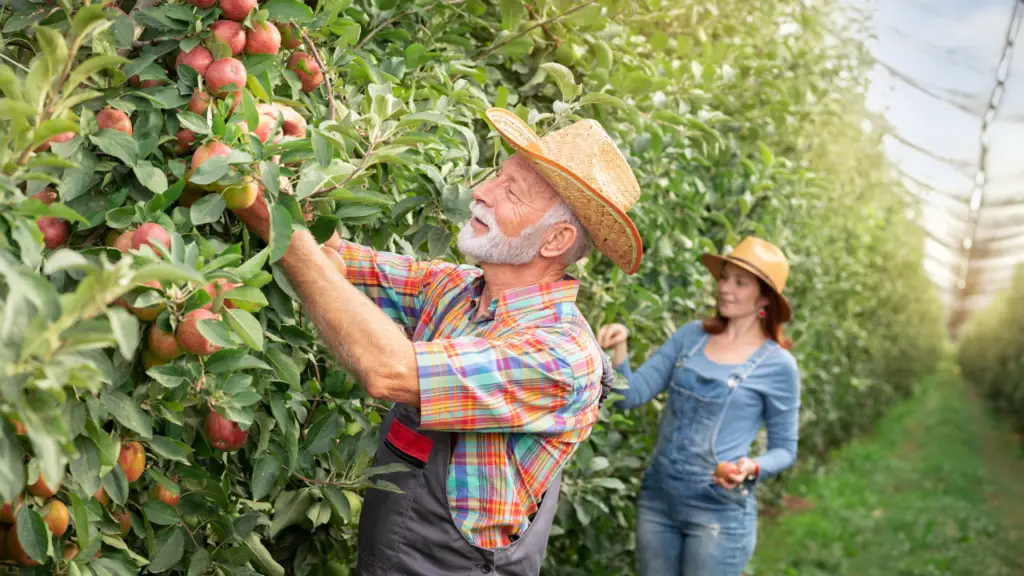
- Apples are grown in all 50 states, while 36 of them grow apples commercially. Washington is the biggest producer among those states. Of the 272 million bushels produced in 2018, 171 million of these were grown and farmed in Washington. George Washington also loved pruning his apple trees.
- Americans aren't only into growing them. They also love to eat them. According to surveys and reports, apples came second in the highest per capita consumption of fresh fruits. Americans consumed about 17.46 pounds of apples per capita. There was a big gap between them and grapes, who came in 3rd at 8.39 pounds per capita.
Other Fun Tidbits
- Something as big as an apple can also float on water. To get submerged, the density of the object has to be greater than that of water. 25% of an apple's volume consists of air, making its density lower than water's, which is why it floats.

- There's an apple in Japan that costs about $21 for a single one. You can buy almost 4kg of beef at the same price you get a 2lb apple. It has a befitting name, Sekai Ichi, which translates to “world's number one.”
- Apple seeds have cyanide, which is a poisonous toxin that can cause death. But for that, you'll have to eat ten apple cores or 200 apple seeds at once.
- Some people are afraid of eating apples. Malusdomesticaphobia is a phobia of either eating apples or just apples themselves.
- Fifty leaves gather and provide energy to produce a single apple.
- When you plant an apple tree, it will start producing apples after 4 to 5 years. Some may even take more than ten years.
- John Glenn, the first American to orbit the earth, took pureed applesauce with him in squeezable tubes.
- Apples can help lift your mood. A study in 2018 proved that apple juice has excellent antidepressant properties and should be given to patients with depression.






